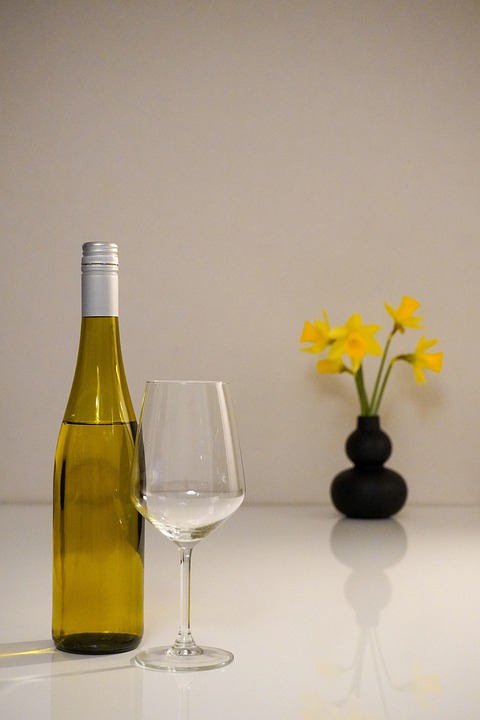The Personality of Vintage Champagne
Vintage Champagne is a unique and special type of Champagne that is made from grapes harvested in a single exceptional year. Unlike non-vintage Champagnes, which are blends of wines from multiple years, vintage Champagnes showcase the characteristics of a specific harvest. Each bottle of vintage Champagne tells a story of that particular year’s weather, soil conditions, and grape quality, making it a true reflection of the terroir and the winemaker’s skill.
What Sets Vintage Champagne Apart
Vintage Champagnes are only produced in exceptional years when the grapes reach optimal ripeness and quality. The decision to declare a vintage is made by the Champagne house based on the unique characteristics of the harvest. This rarity and exclusivity make vintage Champagnes highly sought after by collectors and connoisseurs.
One of the key factors that differentiate vintage Champagne from non-vintage Champagne is the aging potential. Vintage Champagnes are typically aged for a longer period before release, allowing the flavors to develop and mature. This extended aging process gives vintage Champagnes a complexity and depth that is unmatched by non-vintage counterparts.
The Personality of a Single Harvest
Each vintage Champagne has its own personality, shaped by the specific conditions of the harvest year. The weather, soil composition, grape varieties, and vineyard practices all play a role in determining the flavor profile and character of the wine.
For example, a warm and sunny growing season may produce a vintage Champagne that is rich and ripe, with notes of tropical fruits and honey. On the other hand, a cool and rainy year might result in a Champagne that is more elegant and delicate, with crisp acidity and floral aromas.
The terroir also plays a significant role in shaping the personality of vintage Champagne. The unique combination of soil, climate, and topography of a vineyard can impart distinctive flavors and aromas to the wine. For example, Champagnes from the chalky soils of the Côte des Blancs are known for their minerality and finesse, while those from the clay and limestone soils of the Montagne de Reims tend to be more robust and structured.
Financial Data and Industry Insights
Vintage Champagnes are typically priced higher than non-vintage Champagnes due to their limited production and exceptional quality. The prestige and exclusivity of vintage Champagnes appeal to a niche market of collectors, investors, and luxury consumers.
According to industry reports, the global demand for vintage Champagne has been steadily increasing in recent years, driven by growing interest from emerging markets such as China and the United States. Champagne houses are investing more resources in producing and marketing vintage Champagnes to capitalize on this trend.
In terms of market share, the top Champagne houses such as Moët & Chandon, Veuve Clicquot, and Dom Pérignon dominate the vintage Champagne segment. These iconic brands have a long history of producing high-quality vintage Champagnes that are highly coveted by consumers worldwide.
Conclusion
Vintage Champagne is more than just a drink – it is a reflection of a specific time and place, capturing the essence of a single harvest in a bottle. The personality of vintage Champagne is shaped by the unique conditions of the harvest year, making each bottle a true work of art.
Whether you are a seasoned wine enthusiast or a casual drinker, exploring the world of vintage Champagne can be a truly rewarding experience. From the rich and opulent to the elegant and refined, vintage Champagnes offer a diverse range of flavors and aromas that are sure to delight the senses. So next time you raise a glass of vintage Champagne, take a moment to savor the complexity and depth of this exceptional wine. Cheers!




